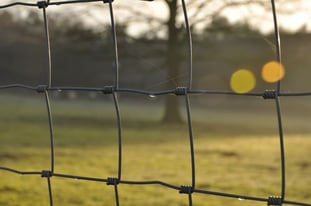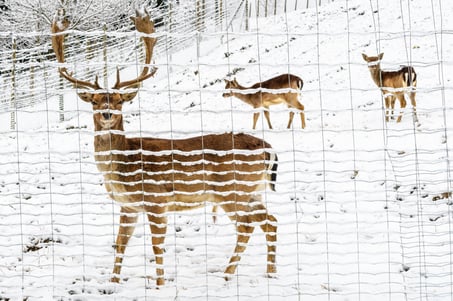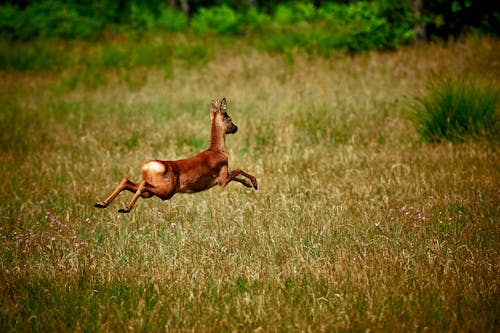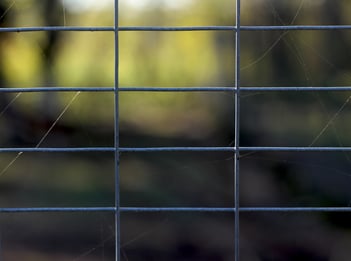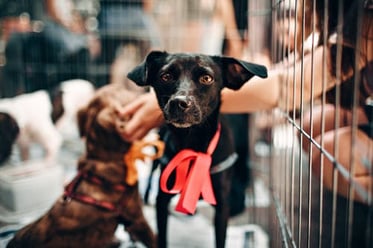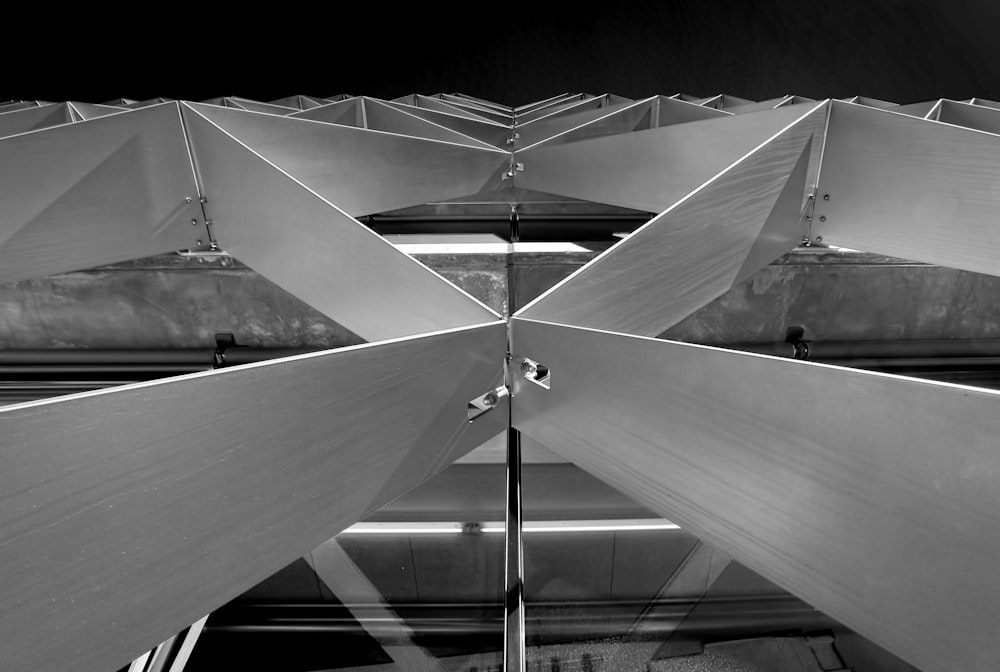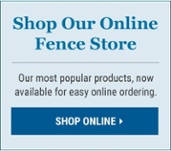Woven Mesh is Often Preferred
There are many different sizes of wire meshes that are available  with small openings. Most often called hardware cloth, these meshes are usually welded using light gauge wire. After fabrication, the finished product is hot dipped in zinc. This Galvanized After process not only provides good protection against rust and
with small openings. Most often called hardware cloth, these meshes are usually welded using light gauge wire. After fabrication, the finished product is hot dipped in zinc. This Galvanized After process not only provides good protection against rust and
Until recently, Galvanized After woven meshes were as easy to obtain as the welded products. Woven mesh is not always exactly square due to the weaving process which can cause slight distortions resulting in a "wavy" mesh. Depending on the final application, woven products are often preferred over the welded meshes. They tend to be a bit heavier and stronger. They are also more costly.
Some Common Sizes
As the small opening wire mesh size gets smaller, so does the gauge or thickness of the wires. The more common sizes and wire gauges of square meshes are:
- 1/2" - also known as 2 x 2 and 2 mesh (2 squares per inch) 19 gauge wire
- 3/8" - also known as 3 x 3 and 3 mesh (approximately 3 squares per inch) 21 gauge wire
- 1/4" - also known as 4 x 4 and 4 mesh (4 squares per inch) 23 gauge wire
- 1/8" - also known as 8 x 8 and 8 mesh (8 squares per inch) 27 gauge wire
Galvanized After Mesh, Special Ordering There are many other Galvanized After mesh  sizes and gauges available as well. These are often called industrial wire cloth. They are woven, heavier, more expensive, and often must be special ordered. The more common sizes are:
sizes and gauges available as well. These are often called industrial wire cloth. They are woven, heavier, more expensive, and often must be special ordered. The more common sizes are:
- 5/8" - 17 gauge wire
- 3/4" - 16 gauge wire
In addition to galvanized products, the 1/2", 19 gauge and 1/4", 23 gauge mesh styles are available with a black PVC coating over the Galvanized After core wire.
These excellent and long lasting meshes can meet the requirements of many different projects and Louis Page can help you think through the various mesh types and possibilities. Simply call us at (866) 328-5018.

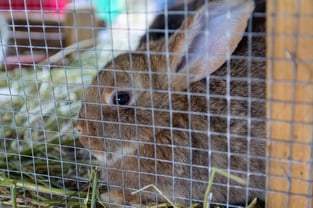
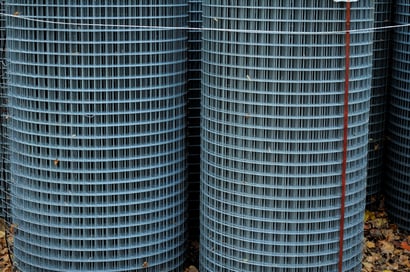
.jpg?width=239&name=daiga-ellaby-WTm7llmj4ro-unsplash%20(1).jpg)


